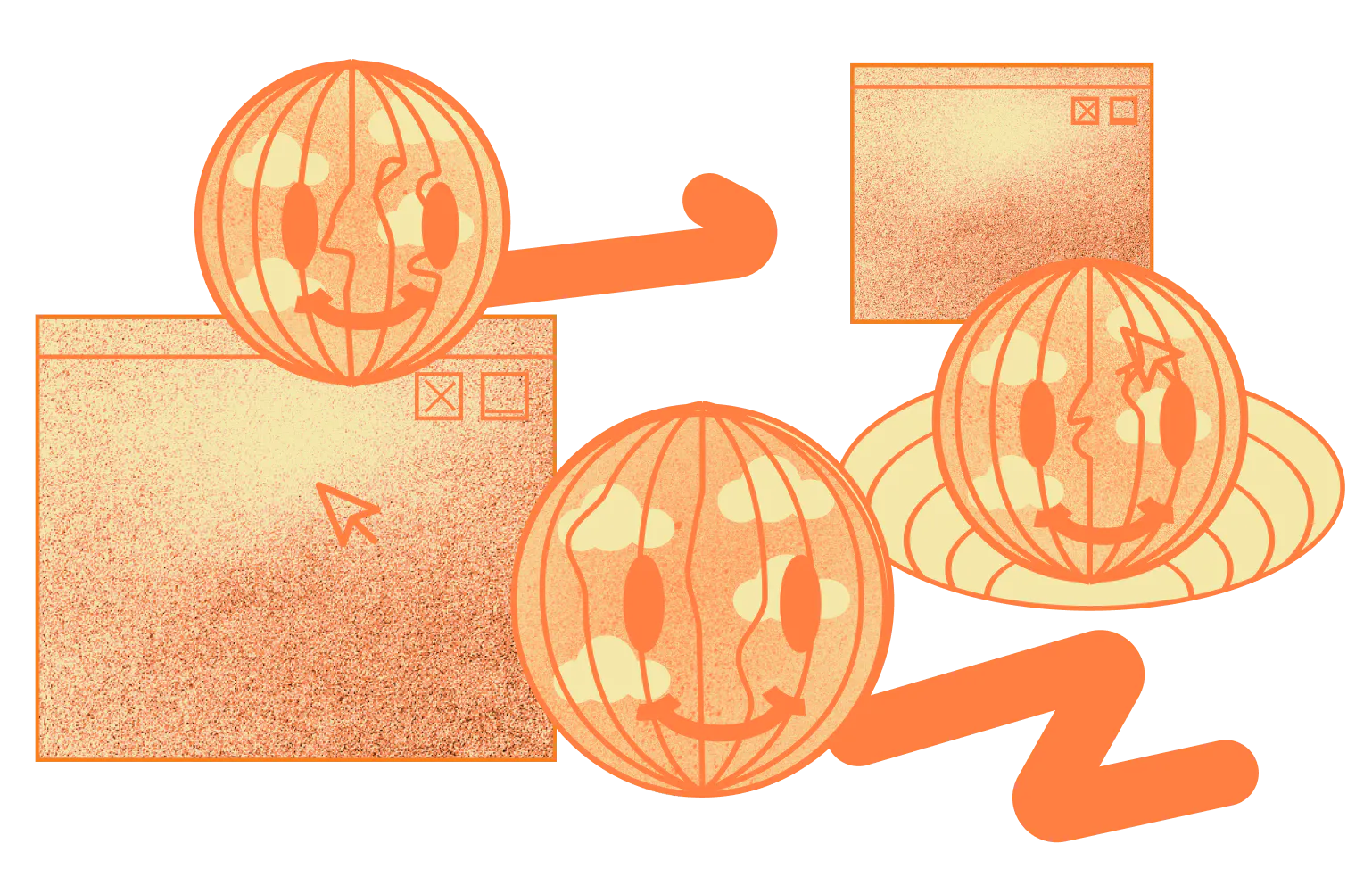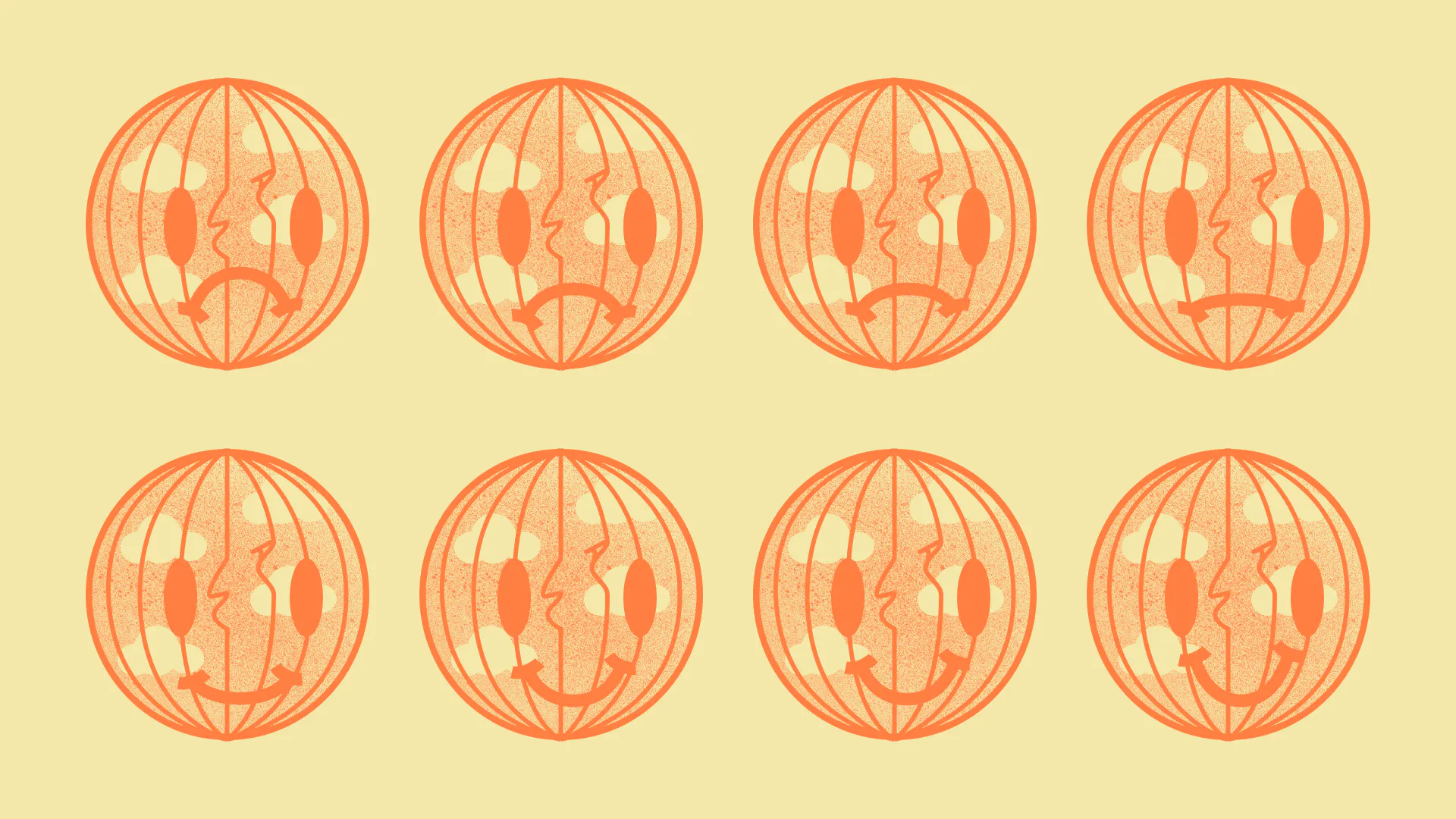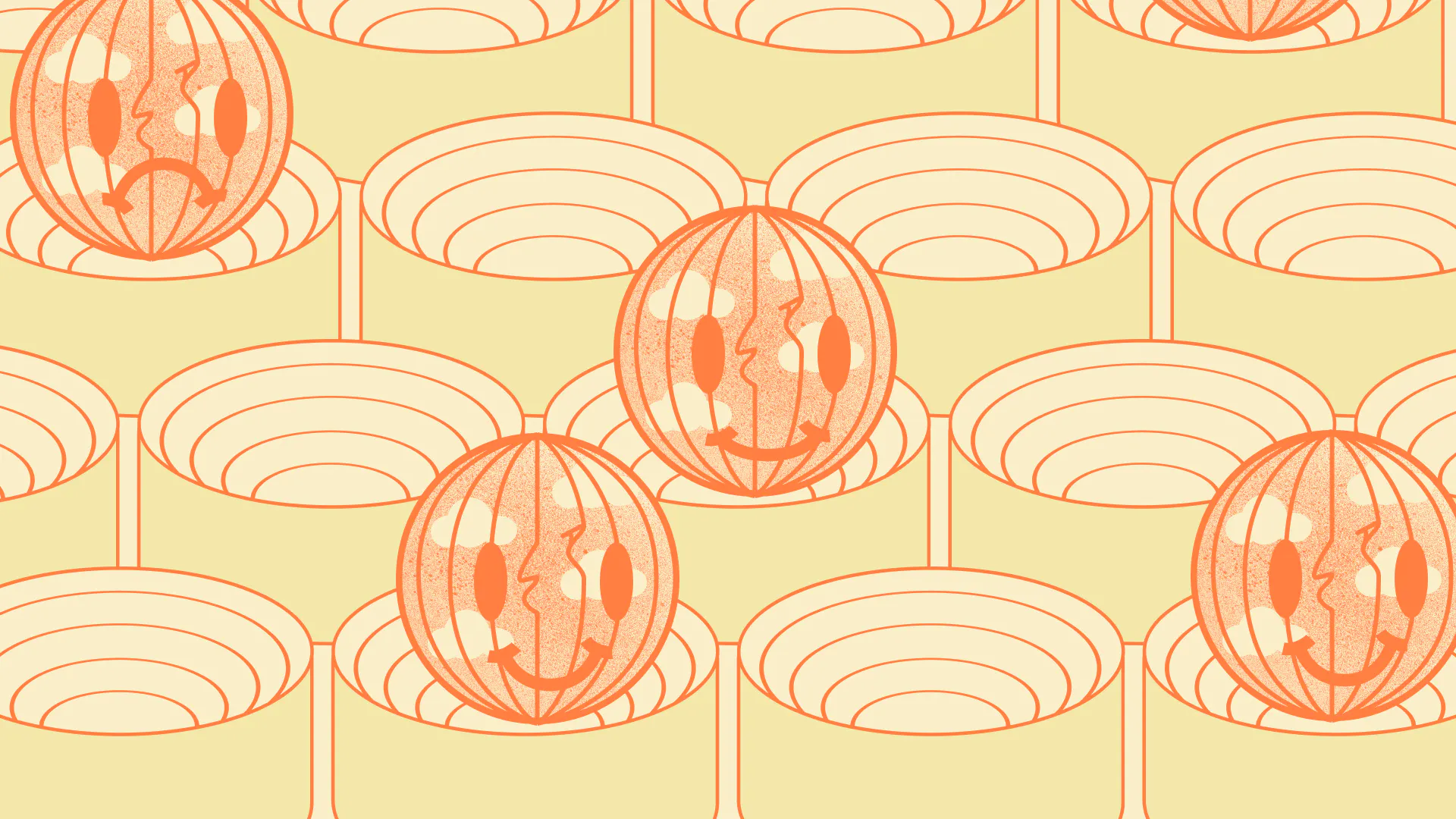
Introducing Sustainable Digital Design
Introducing Sustainable Digital Design
Senior Client Manager and Strategist
Back in July we shared Edition #5 of HUMAN, outlining - among other things - the need for sustainability in the way we and the wider creative industry approach digital design. At that point, we were still in the early days of this journey, exploring and discovering what would make our Sustainable Digital Design platform genuinely useful, as opposed to ‘just another environmental promise.’ Now, as we approach the end of August, we feel more confident in the direction we’re heading, and are ready to share the next stage of the journey with you.
The first step in our journey has been twofold. Firstly, we needed to educate ourselves and gain a comprehensive understanding of just what the impact of the internet - and by extension our digital products and services - has on our planet. Secondly, we wanted to prioritise the establishment of pillars for the platform to stand on, and define what exactly we would use as the foundations to build from.
There is a wealth of knowledge out there about the internet’s impact on our planet. Already, roughly 10% of global electricity usage can be attributed to the internet. This is effectively more than any other country in the world, other than the USA, PRC, IND, JAP, and RUS. It feels extreme, but if you think about the number of times you interact with the web on a daily basis, it begins to make sense. Even something as simple as an hour of streaming each week uses enough electricity annually to powering two new fridges. Multiply that by say 100 million subscribers, and you’ve got a minimum of 200 million extra fridges being powered each year just by people sitting on their couches watching TV. And that’s with an extremely conservative usage figure of x1 hour/week… think about that for a moment.
With access to information like this - ironically accessed via the internet - we began to build a picture of the internet’s impact on the environment, and what our role was in both the problem, and the solution. We’ve taken our time with this, as the last thing we want to do is rush to market with a half-cooked idea. Instead, we’re prioritising a deep and thorough exploration of the issue to ensure that we can move forward with a well-articulated view of the key problems, as well as insights into what changes we can begin to make.

In parallel with our education, we’ve also explored and refined the pillars upon which the platform will stand, settling on five key cornerstones for us to move forward with.
Conscientious. Accessible. Open. United. Evolving. From these five pillars, we will move forward with our Sustainable Digital Design platform, conducting creative experiments that will allow us to better decipher and examine the problems our digital lives have contributed to.
Our ultimate goal for the Sustainable Digital Design platform, aside from educating ourselves, is to onboard and educate the wider creative community as a whole. We want to show partner agencies, our clients, and creatives how and where they can change their own systems to be more sustainable. We don’t want to monopolise this in any way, but rather create a platform that any and all agencies can use within their own systems. In doing this, our industry can act as a catalyst for change with our clients, both educating them about the impact their digital presence has, as well as initiating changes in their own processes.

Before the end of 2021, our Sustainable Digital Design platform will be ready to launch, and we will begin exploring creative solutions for both ourselves and our clients that we can use to reduce the environmental impact of our digital lives. As we look ahead to 2022, this will ultimately become the yardstick upon which we judge ourselves, and the work we produce. We don’t pretend or presume that we will get it 100% right from the start, in fact we’re sure we wont, but we do hope to make marked improvements in the ways we work, and how we approach our clients projects.

